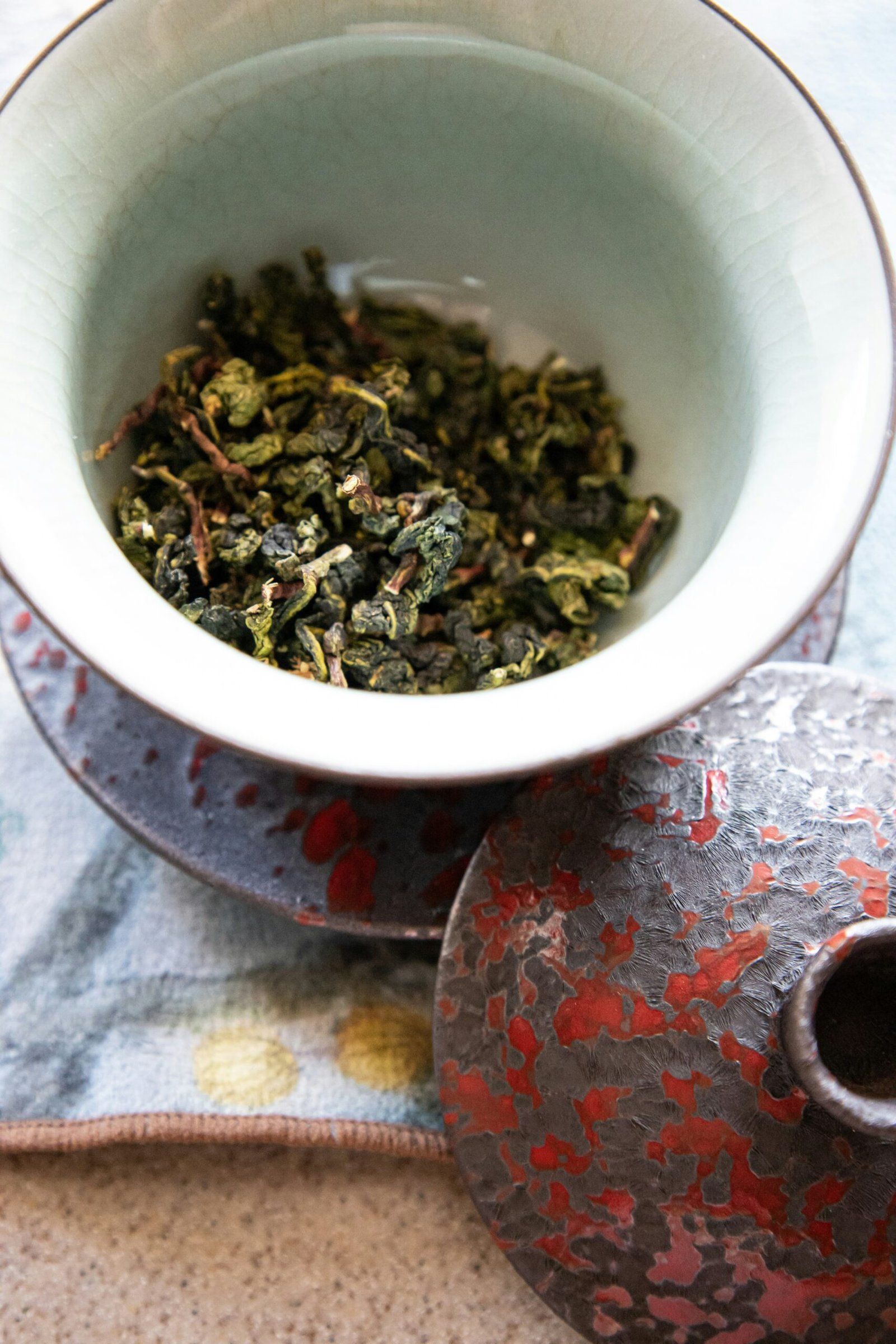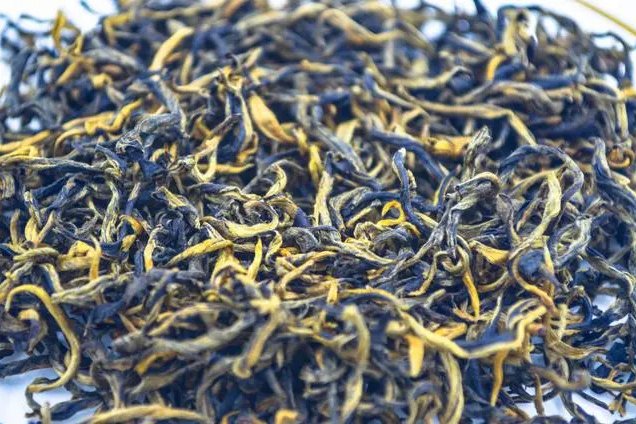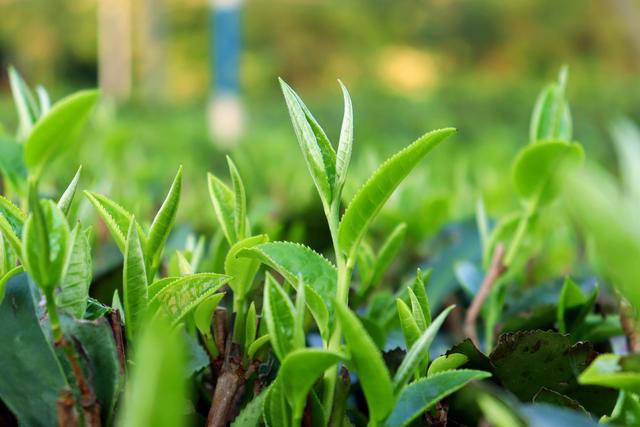Introduction to Chinese Tea Culture
The rich heritage of Chinese tea culture extends back thousands of years, tracing its roots to the ancient dynasties of China. This comprehensive tradition is not merely about the consumption of tea but encompasses a whole spectrum of cultural practices, ceremonies, and social customs that have evolved over centuries. Tea was first discovered in China, with its origins frequently linked to the legendary Emperor Shen Nong, who is said to have identified the medicinal properties of tea around 2737 BCE.
As time progressed, tea became ingrained in the fabric of Chinese society, serving not just as a beverage but as a symbol of hospitality, wisdom, and respect. The practice of tea ceremonies emerged, profoundly reflecting the social and spiritual practices of Chinese civilization. These ceremonies are often elaborate, involving precise and graceful movements to honor both the guests and the tea itself. The preparation and presentation of tea during these ceremonies are seen as an art, emphasizing the beauty of the process and the significance of mindfulness and tranquility.
Chinese tea symbolism extends into various domains, such as literature, art, and daily practices, reinforcing its role as a cornerstone of cultural identity. Tea is commonly associated with purity, harmony, and the interconnection between humanity and nature. Social customs surrounding tea also highlight its importance; from the respect shown to elders by serving them tea to the use of tea in traditional Chinese weddings to signify the union and mutual respect between families.
Different types of teas play significant roles in these cultural ceremonies, with each variety offering a unique experience. Among the most prevalent are green tea, black tea, oolong tea, white tea, yellow tea, and pu-erh tea. Each type is revered not only for its distinct flavor and aroma but also for its health benefits and cultural significance. These teas embody the essence of Chinese tea culture, connecting past traditions with the present and continuing to shape social customs and hospitality in modern Chinese society.
Exploring Chinese Green Tea
Chinese green tea is a cornerstone of China’s rich tea heritage, renowned for its fresh aroma, vibrant color, and delicate flavor. Among the numerous varieties, several stand out due to their unique characteristics and historical significance. Longjing, also known as Dragon Well tea, originates from Hangzhou in Zhejiang province and is celebrated for its flat, emerald-green leaves that impart a sweet, slightly nutty flavor. Biluochun, from the Dongting Mountains in Jiangsu province, features tight, curly leaves with a fruity aroma and brisk, floral taste. Another notable variety, Maojian, is primarily produced in Henan province and is distinguished by its slender, twisted leaves and refreshing, grassy flavor.
The cultivation of these green teas involves meticulous attention to detail. Tea plants are strategically grown in regions with favorable climates and soil conditions, ensuring the optimal growth of tender tea leaves. Harvesting is typically done by hand, selecting only the youngest and most pristine leaves. Processing methods, such as pan-frying for Longjing or sun-drying for Biluochun, further differentiate these teas, each technique aimed at preserving their distinct flavors and refining the final product.
Beyond their exquisite taste, Chinese green teas are lauded for their robust health benefits. Rich in antioxidants like catechins, green tea helps combat oxidative stress and may reduce the risk of chronic diseases. Regular consumption of green tea is also linked to improved concentration and metabolic function, potentially aiding in weight management. These health benefits underscore the importance of proper brewing methods to unlock green tea’s full potential.
Traditional brewing techniques play a crucial role in enhancing the flavor and health properties of green tea. Typically, green tea is brewed using water that is below boiling, around 175°F to 185°F (80°C to 85°C), to avoid scorching the delicate leaves. The infusion time is equally critical, generally kept between 2 to 3 minutes to extract the optimal balance of flavor and nutrients. By adhering to these methods, tea enthusiasts can savor the rich, cultural legacy of Chinese green tea while reaping its numerous health benefits.
Diverse World of Chinese Black Tea
Chinese black tea, known locally as “Hong Cha,” stands in contrast to its green counterpart through its complete oxidation process, which results in a richer and more robust flavor profile. The extended oxidation imbues these teas with a characteristic deep red hue and complex, malty taste, distinguishing them from the lighter, fresher notes of green tea. The world of Chinese black tea is diverse, with several renowned varieties that each brings unique origins, flavor profiles, and brewing techniques.
Yingde Black Tea
Originating from Yingde in Guangdong province, Yingde black tea is celebrated for its sweet and mellow flavor profile. It is often identified by its golden tips and can be brewed to produce a bold, yet smooth, aromatic cup. The region’s rich soil and favorable climate contribute to the tea’s distinctive taste.
Yinghong Black Tea
Also from Guangdong province, Yinghong black tea is known for its rich body and slightly fruity undertones. The tea leaves are carefully processed to retain their aromatic properties, resulting in a flavorful and invigorating drink. It is best enjoyed when steeped for about 3-5 minutes at 90°C (195°F).
Chuanhong Black Tea
Chuanhong tea hails from Sichuan province and is appreciated for its robust, full-bodied flavor with a hint of smokiness. Its name “Chuanhong” translates to Sichuan red tea and it symbolizes the strength and depth of traditionally fermented black teas from the region. Brew Chuanhong at 85-90°C (185-195°F) to fully appreciate its complex flavors.
Dianhong Black Tea
From Yunnan province, Dianhong black tea exhibits a rich, golden liquor and a strong, brisk taste paired with subtle sweet notes. Known for its high-quality leaves and golden tips, Dianhong is often steeped longer to extract its deep, complex flavors. A steeping temperature of 90°C (195°F) is recommended for best results.
Черный чай Keemun
Keemun tea or Qimen Hongcha comes from the renowned mountains in Anhui province. This variety is famous for its floral-fruity aroma and slightly smoky undertones, making it a staple among black tea aficionados. Brew at 85-90°C (185-195°F) for around 3-4 minutes to capture its subtle essence.
Jinjunmei Black Tea
With its origin in the Wuyi Mountains of Fujian province, Jinjunmei is a premium black tea known for its delicate, sweet flavors and spicy undertones. The meticulous craftsmanship involved in producing Jinjunmei renders its leaves extremely thin and wiry, producing a golden brew. Steep at 80-85°C (175-185°F) for about 2-3 minutes for an optimal experience.
Черный чай Lapsang Souchong
Famous for its distinctive smoky flavor, Lapsang Souchong hails from Fujian province. The leaves are smoke-dried over pinewood fires, contributing to its unique, bold profile. To enjoy Lapsang Souchong, steep the leaves at 90°C (195°F) for 4-5 minutes.
Old Tree Black Tea
Old Tree black tea originates from ancient tea trees in Yunnan province. These centuries-old trees yield leaves that produce a tea rich in earthy flavors with muscatel notes, offering a profound depth. Brewing this ceremonial tea at 90°C (195°F) allows its mature, complex flavors to shine.
Historically, Chinese black tea has evolved monumentally. Initially crafted as a less perishable export item, it gained immense popularity in Western countries. Today, Chinese black tea not only forms a significant part of China’s tea culture but also continues to be an indispensable element of global tea traditions.
Chinese Tea: Tradition and Modernity
The fascinating world of Chinese tea is a blend of centuries-old traditions and modern innovations. As we delve deeper into this subject, it becomes evident that the intrinsic value and cultural heritage of Chinese tea continue to influence and thrive in today’s fast-paced society. Younger generations have shown a remarkable resurgence of interest in ancient tea customs. This renewed enthusiasm is not only a tribute to their rich heritage but also a quest for tranquility and connection in an increasingly digital world.
Globalization has significantly influenced both the production and consumption of Chinese tea. The cross-cultural exchange of ideas and preferences has led to an enriched experience for tea enthusiasts around the globe. Local farmers now employ advanced farming techniques and sustainable practices, contributing to higher quality tea that meets international standards. Meanwhile, contemporary tea art and avant-garde brewing methods breathe new life into traditional practices, ensuring that the essence of Chinese tea continues to captivate and inspire.
Innovative trends like boutique tea shops, each with their unique ambiance and meticulously curated tea selections, have become popular in urban settings. These establishments serve as modern-day tea houses where aficionados can immerse themselves in the world of Chinese tea. Tea tourism is another burgeoning trend, inviting travelers to explore tea plantations, partake in traditional tea ceremonies, and savor the authentic flavors of locally produced teas.
Modern technology has also left a significant imprint on the realm of Chinese tea. Precision agriculture and advanced irrigation systems boost the efficiency and sustainability of tea cultivation. Additionally, sophisticated brewing gadgets now enable enthusiasts to perfect their tea-making techniques. The digital landscape offers unprecedented opportunities for learning and sharing; online tea communities flourish as platforms for global appreciation, where knowledge is exchanged, and passions are kindled.
In the end, Chinese tea, with its rich history and evolving practices, stands as a testament to enduring tradition and contemporary innovation, bridging cultural gaps and enriching lives worldwide.













